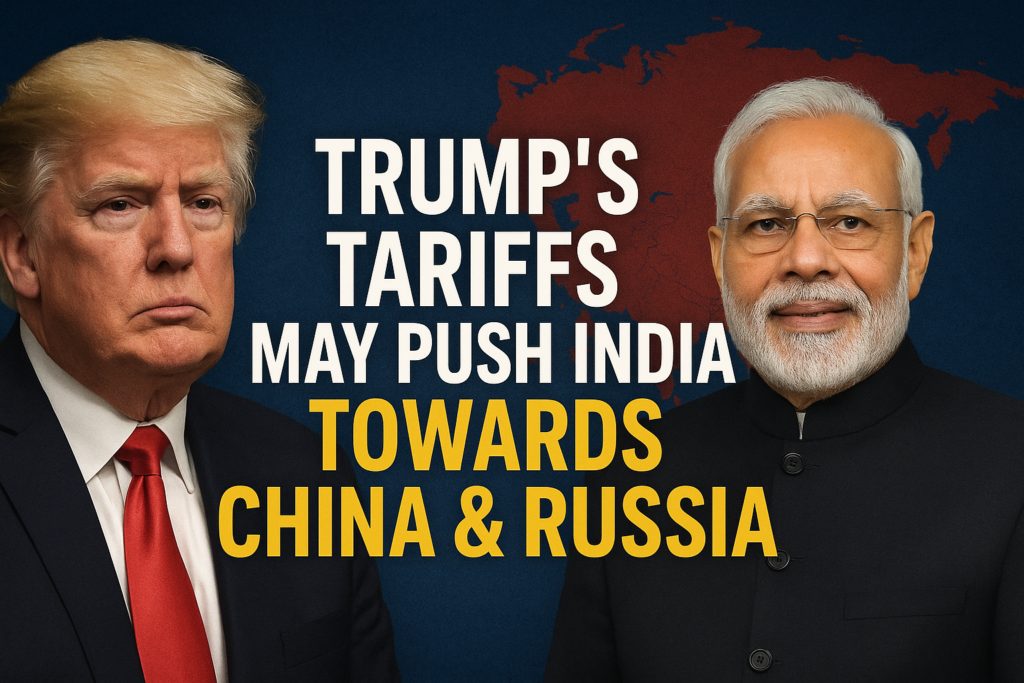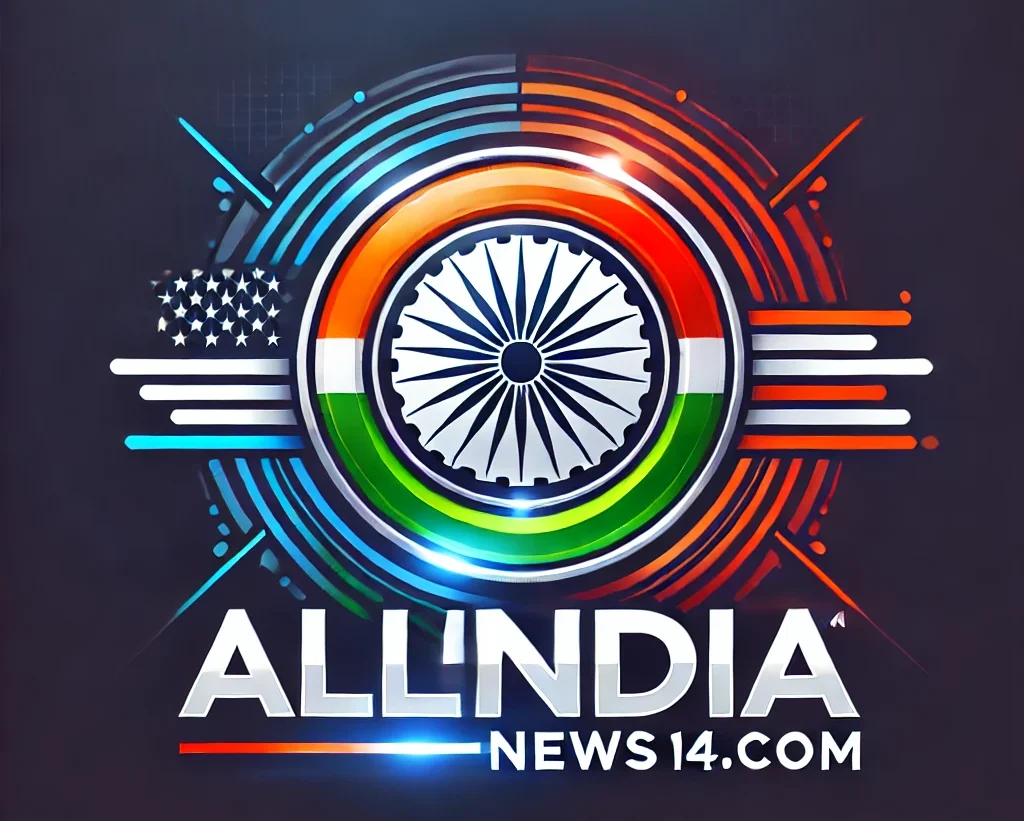US expert warns Trump’s tariffs on India could backfire, driving New Delhi closer to China and Russia. Trade tensions risk reshaping global alliances.
US Expert Warns: Trump’s Tariffs Could Push India Towards China and Russia
A New Geopolitical Shift on the Horizon
The U.S. has long relied on India as a key partner in Asia. But now, a storm is brewing. According to American experts, Donald Trump’s aggressive tariffs may have triggered something much larger than a trade fight: a possible alignment of India with China and Russia.
The warning is clear: “Americans can’t compete.” Behind that frank statement is a deeper fear: that the United States is isolating itself in the global economy while its competitors grow closer.

Trump’s Tariff Offensive
Donald Trump has never been shy about his views on trade. At rallies and press conferences, he has repeatedly blasted the U.S.–India trade relationship as “one-sided.”
His favorite example? Harley-Davidson.
Trump claimed India slapped a 200% import duty on Harley motorcycles.
He argued that such tariffs were unfair and forced the company to set up factories inside India.
“We can’t allow this kind of robbery,” Trump declared, making trade with India a campaign flashpoint.
Yet, economists point out that the numbers don’t fully add up. The actual tariffs were closer to 100% before being lowered—still high, but not as extreme as Trump painted them.
India’s Dilemma: Partner or Adversary?
For New Delhi, the tariffs sting. But more than that, they raise tough questions:
Should India continue relying on Washington, despite being treated as a trade offender?
Should it strengthen connections with China and Russia, both of which provide energy contracts, infrastructure agreements, and political support?
The optics during the recent SCO Summit in Tianjin were undeniably clear. Prime Minister Narendra Modi, Chinese President Xi Jinping, and Russian President Vladimir Putin stood side by side, sharing pleasantries and handshakes. For many commentators, the message was clear: “If the United States closes doors, others will remain open.”
Experts Sound the Alarm
American scholars and trade experts aren’t holding back. They warn that:
Trump’s tariffs may backfire, pushing India closer to Washington’s biggest rivals.
If India joins hands with China and Russia, the balance of power in Asia could tilt dramatically.
U.S. consumers will pay the price too—Indian textiles, auto parts, and jewelry will cost more, adding to inflation worries at home.
One analyst summed it up with biting irony: “We punished India with tariffs, but the punishment may end up on us.”
The Bigger Picture: Economics Meets Strategy
This isn’t just about Harley-Davidson motorcycles or tariff percentages. It’s about trust and long-term strategy.
India treasures its independence and will not be perceived as succumbing to US pressure.
China and Russia are ready to capitalize on the opportunity, providing India cheaper energy, security cooperation, and regional influence.
Washington fears losing a democratic partner that it has long regarded as a counterbalance to Beijing.
In short, the trade war has evolved into something far larger: a geopolitical bet with unforeseeable implications.
Final Takeaway
Trump’s tariff war may look like a domestic win on the campaign trail, but abroad, it tells a different story. Instead of strengthening America’s hand, it risks driving India—an essential partner—straight into the arms of its rivals.
The irony is striking. A policy meant to “protect American workers” could end up isolating America itself.
